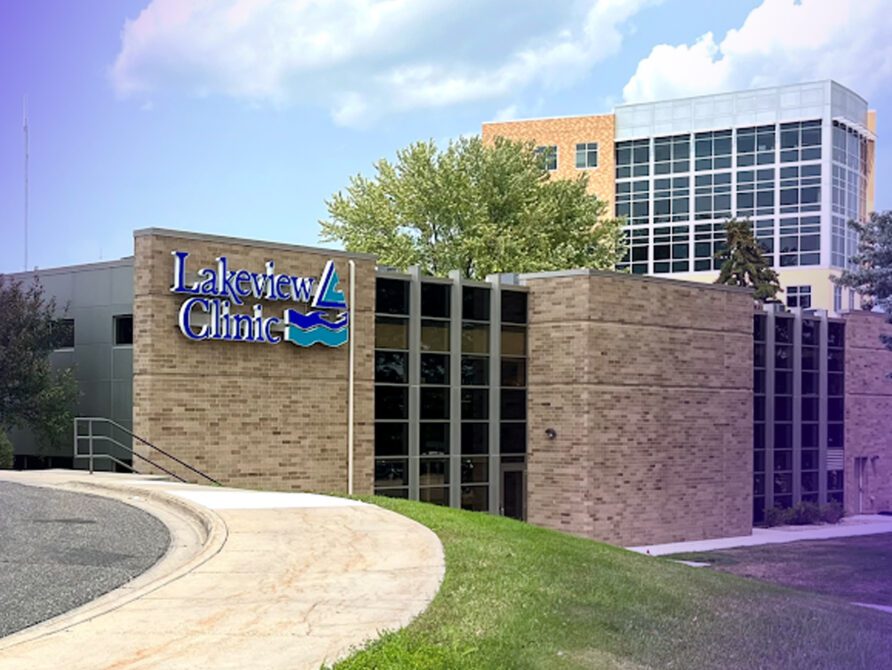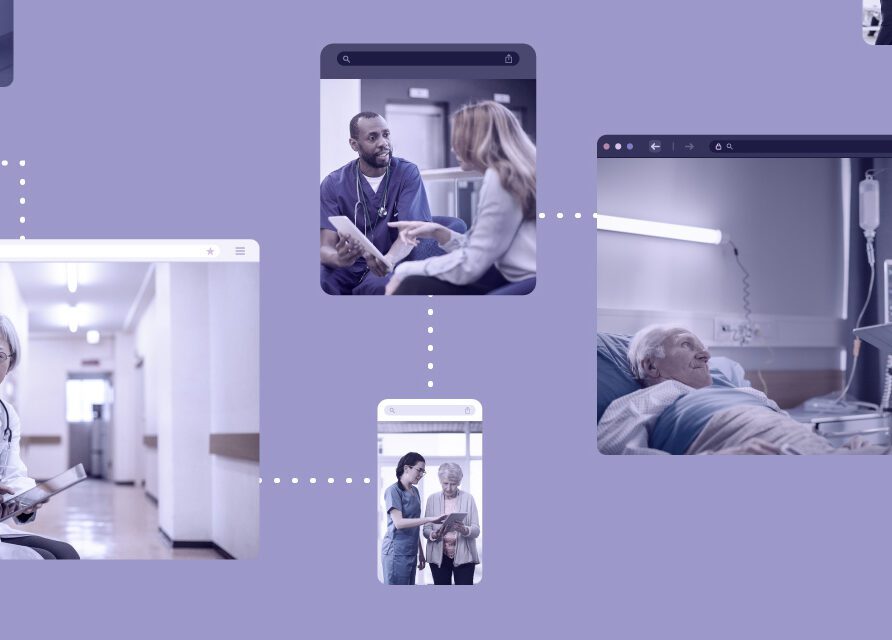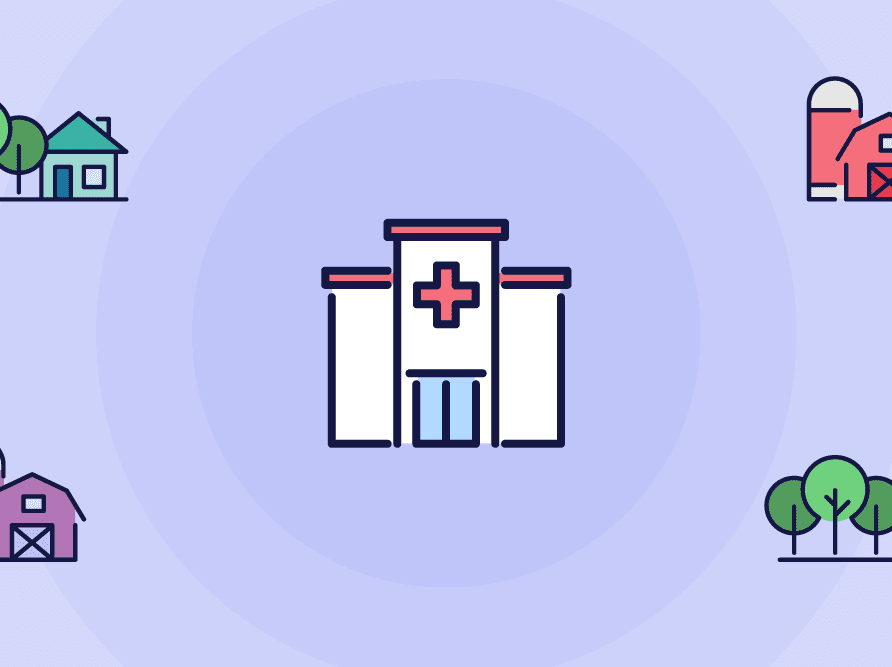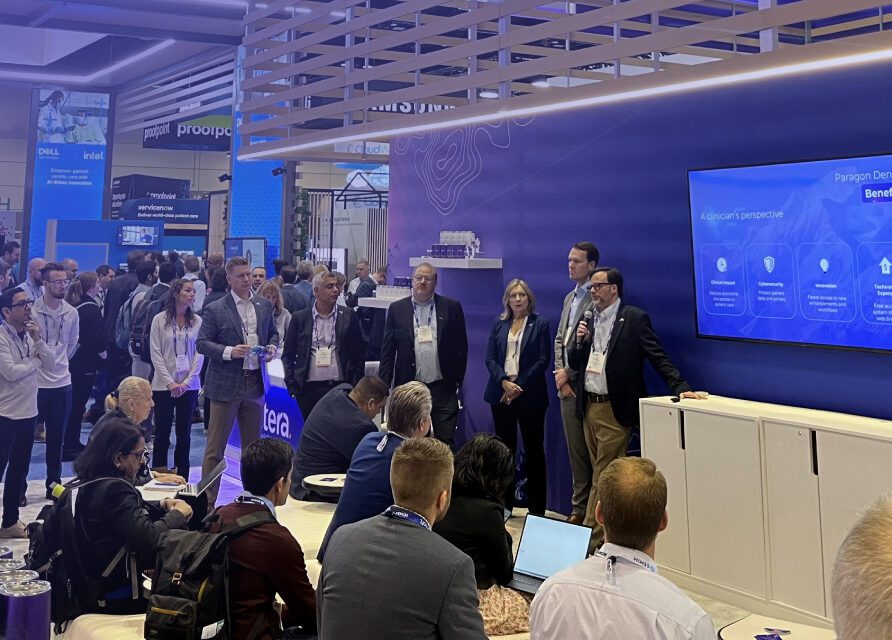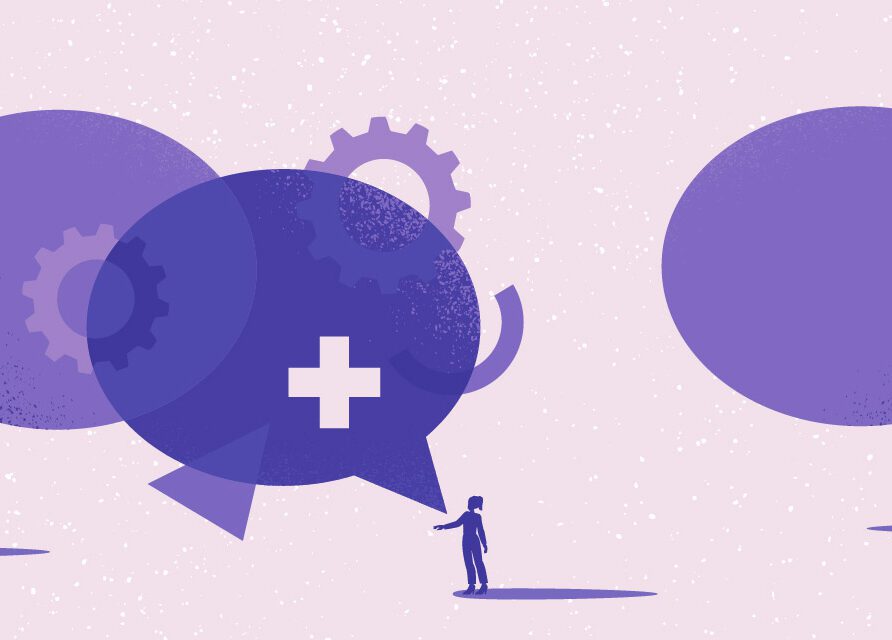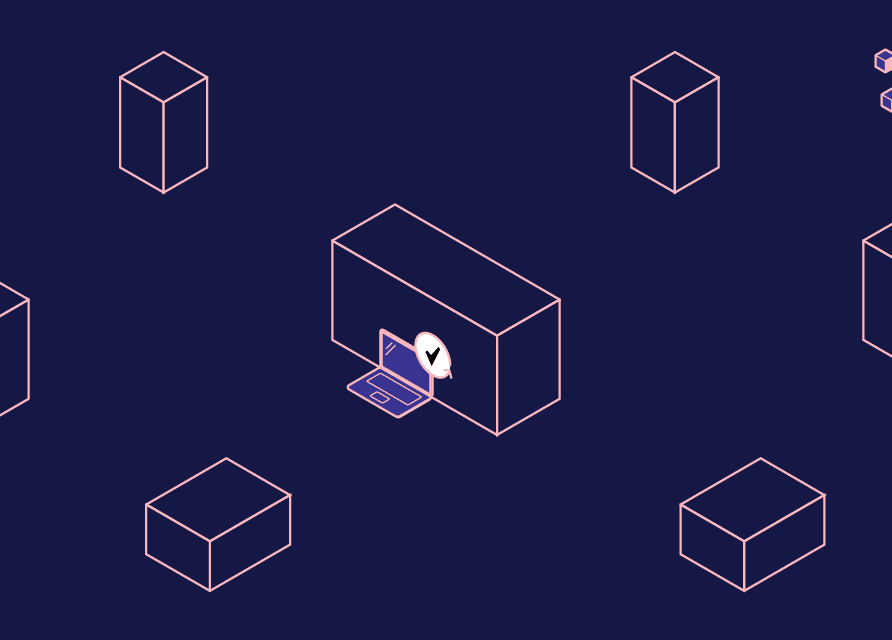Article
What do we need from technology to improve patient flow? A frontline clinician’s perspective
Along with being the International CMIO for Altera Digital Health, I’m also a practicing emergency medicine doctor at Gloucestershire Hospitals NHS Foundation Trust, which just so happens to be one of Altera Digital Health’s clients. At the trust, we use Sunrise™ for our clinical IT needs and I want to reflect on what healthcare IT can—and should—do for those of us working on the frontlines of healthcare delivery.
As an A&E doctor, I see patient flow problems firsthand. In January 2024, across the country, almost 30% of people attending A&E spent more than four hours from arrival to admission, transfer or discharge, making it the worst January on record. This is a long way off the four-hour target of 95% of all patients. Trolley waits (the time between a decision to admit a patient and them being admitted) of more than 12 hours exceeded 54,000 in January, making it the second-worst month on record.[1]
Unfortunately, issues of delayed transfer of care and poor patient flow are a reality for every hospital. However, it isn’t just a hospital challenge—it’s an ICS-wide issue that must be addressed at its root cause. Alleviating bottlenecks that negatively affect patients’ safety, experiences and outcomes is critical.
What is it really like to be a doctor in the NHS?
Many of the issues we face in acute hospitals are a direct result of the long-term under-resourcing of social care. The pressure is high, and I feel for my full-time medical colleagues; I only work clinically a couple of weekends a month, but for those two 10-hour shifts over a weekend, I experience the pressure, too.
Often, when I leave my second shift of the month, following a long weekend, there are many more patients than the department is designed to cope with.
Unfortunately, issues of delayed transfer of care and poor patient flow are a reality for every hospital. However, it isn’t just a hospital challenge—it’s an ICS-wide issue that must be addressed at its root cause. Alleviating bottlenecks that negatively affect patients’ safety, experiences and outcomes is critical.
Starting my shift
Generally, when I arrive, it’s all-hands-on-deck, and I must be fully “in the zone” from the moment I arrive until the moment I leave. In the time I’m treating patients, there is a lot to do. I must examine them, write their notes, request diagnostics and refer them. This is all done while advising junior doctors and nurses and waiting for a phone to be answered if I’m trying to talk to someone in another part of the hospital.
As a clinician, what do I need from an IT solution?
I need the solution to be fast. Doctors simply don’t have the time to wait for applications to load—our priority is with the patient, and we need solutions to work seamlessly, regardless of the machine.
In our personal lives, we’re used to technology and software that is seamless and user-friendly. These attributes make technology easier to use. If a solution is efficient and easy to use, it’s one less thing a doctor in an A&E department must worry about.
From ordering, to requesting, to writing notes, systems must provide as little obstruction and distraction as possible. You need to be able to get to where you want with your common actions repeatable, as quickly as possible.
Recently, for example, I was using a mobile and a laptop on wheels—which was very effective—simply because the room I was in is a temporary room where we assess and take handovers, with no space for a desktop.
Seamless access to data
During my most recent shift, I treated an elderly man with dementia who often liked to go for walks, except this time he didn’t come back. The police were looking for him all day and eventually found him at the bottom of a ditch in the middle of nowhere. I first listened to the patient’s story from the police and then from his daughter, as I wanted to see if there was anything else we, as healthcare professionals, needed to know about him to treat him effectively.
After considering the gentleman’s condition and making decisions about his onward treatment, I recorded all the information I was given in Sunrise so that other people in the hospital and wider health system can see his history. When doing so, time is of the essence, and I didn’t want to have think about opening multiple systems or tabs to record what I needed to.
Any solution we use must be able to pull in information seamlessly to enable me to make the best assessment quickly.
 Ease of use
Ease of use
Immediately after, I began treating another elderly patient who just arrived. Initially, it appears the 90-year-old has suffered a minor fall, as she was found on the floor in her home, complaining about pain in her knee, even though she was pointing towards just above her knee. I examined her, captured the information and requested my investigations.
Once again, all this needs to be done without me having to spend too much time thinking about the process of entering, recording and receiving this information. It needs to be done as quickly as possible so I’m able to get back to the patient.
The patient’s X-ray revealed she’d broken her femur, which was complicated by the fact that the patient already had a metal rod that went down the middle of the bone. This was due to a previously broken knee. She had broken her femur in a very tiny part of the bone with no metal work.
It was my responsibility to make referrals, discuss the case with the orthopaedic team and then explain to the patient’s family that while the injury is fixable, the surgery carries significant risk for a frail 90-year-old.
Afterwards, I recorded all this information in Sunrise so that other people in the hospital and the wider health system can see the history of the patient. Time is always our most valuable resource, as I need to see the next patient.
Next, I saw an elderly lady who had been sent home from hospital two days prior. She seemed very unwell with what I suspected was a large lymph node in her bowel. The bowel had twisted and needed surgical treatment. I examined, then updated my notes, contacted the surgical team and organised a scan. At this point, multiple users in the hospital needed to access the patient’s record.
All the above patients required to be in the resuscitation room at some point on their journey. This for me is currently the most important focus for patient flow. Space can only be created if there is movement, and movement can only take place if there is accurate and timely visibility to empty beds.
To deliver quality care, clinicians rely on the electronic patient record to provide the right patient information at the right time. Healthcare IT is the critical system that underpins the entire running of a hospital, and we need it to support us like we do our patients.
Unfortunately, patients such as these then spend hours or days in the emergency department whilst waiting for a bed to be found. The flow is broken.
More hospitals are starting to realise that patient flow is the key to creating a better experience for both patients and staff members. If a hospital can’t get patients in and out in a timely manner, then bottlenecks will only worsen, resulting in further lengthy waiting periods. A hospital’s success depends on its ability to move patients through quickly so it can keep others coming in.
To learn more about how Altera is helping transform patient flow across an ICS and enabling all care providers to explore data and answer questions around patient flow, please click here.
[1] https://www.nuffieldtrust.org.uk/qualitywatch/nhs-performance-summary
* This content was originally published in February 2022. It has been updated to include more recent information.


